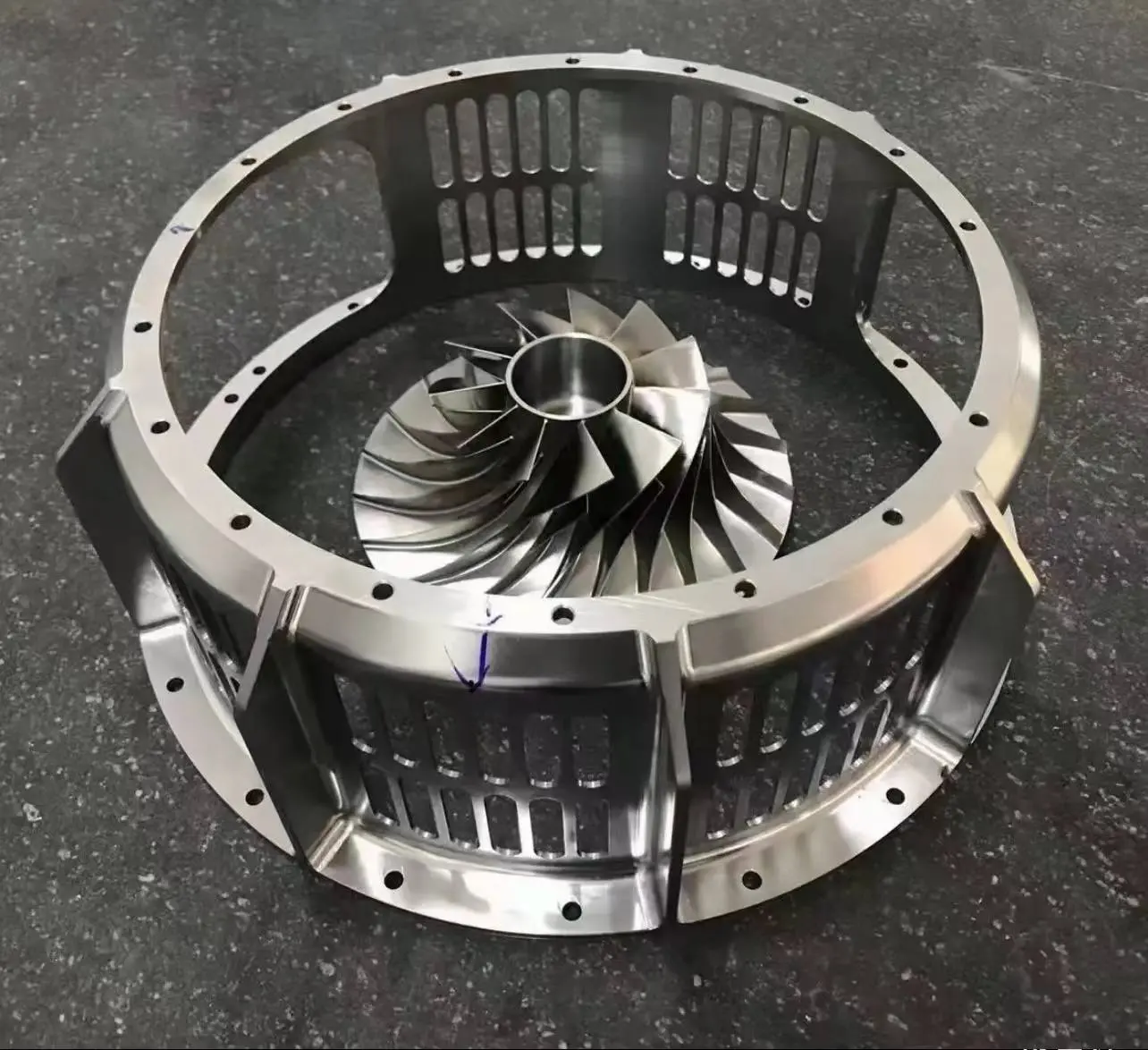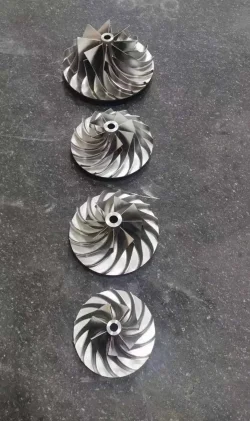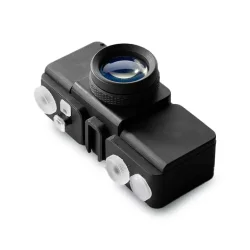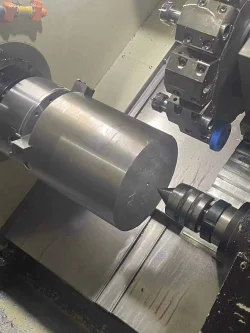2023-10-19
In the ever-evolving manufacturing landscape, metal prototype fabrication stands at the forefront of innovation and technological advancement. Companies continually strive to create high-quality prototypes that can withstand rigorous testing, mimic final product characteristics, and accelerate product development. This comprehensive guide, delve deep into metal prototype fabrication, exploring various grades, techniques, and cutting-edge innovations that are reshaping the industry.
Understanding Metal Grades
Metal alloys come in various grades, each possessing unique properties suited for specific applications. Whether it's stainless steel’s corrosion resistance, titanium’s strength, or aluminum’s versatility, selecting the correct grade is paramount. From aerospace engineering to medical device manufacturing, understanding the nuances of metal grades ensures prototypes meet the stringent demands of diverse industries.
Techniques in Metal Prototype Fabrication
- Casting: Casting is a fundamental technique for pouring molten metal into a mold to create intricate shapes. It's cost-effective and ideal for rapid prototyping.
- CNC Machining: Computer Numerical Control (CNC) machining offers precision and versatility. It involves removing material from a solid metal block using computer-controlled machines, producing highly accurate prototypes.
- Sheet Metal Fabrication: This technique involves cutting, bending, and assembling thin metal sheets to create complex structures, widely used in the automotive and electronics industries.
- 3D Printing: Additive manufacturing, or 3D printing, revolutionizes metal prototype fabrication. Layer by layer, metal powders are fused, allowing for complex geometries and rapid prototyping iterations.

Innovations in Metal Prototype Fabrication
- Hybrid Prototyping: offers the best of both worlds by combining traditional techniques with 3D printing technologies. It allows for intricate designs and quick modifications, enhancing efficiency.
- Smart Materials: Researchers are developing metal alloys with unique properties, such as shape memory alloys that return to a predetermined shape when subjected to heat. These materials find applications in robotics and medical devices.
- Simulation and Modeling: Advanced computer simulations and modeling techniques enable manufacturers to predict the behavior of prototypes under various conditions, which reduces the need for extensive physical testing, saving time and resources.
Conclusion
As technology advances, the landscape of metal prototype fabrication evolves alongside it. By staying abreast of the latest grades, techniques, and innovations, manufacturers can create prototypes that meet industry standards and pave the way for groundbreaking products. Whether you are in aerospace, healthcare, or consumer electronics, mastering metal prototype fabrication is the key to staying competitive in today's fast-paced market. Embrace the diverse grades, harness the power of cutting-edge techniques, and explore innovative solutions to transform your prototypes into works of engineering excellence.
"Ready to transform your ideas into reality? Contact Sunray Prototype today and experience unmatched expertise in metal prototype fabrication. Let's bring your innovations to life!"





